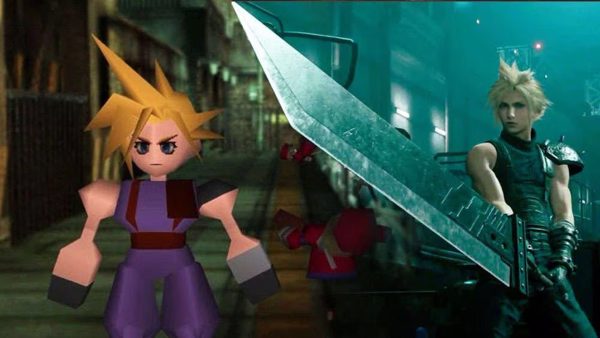I’m heated
Fast fashion may be trendy, but at what cost?
More stories from Emilee Wentland
Every time I browse an online store’s website, I’m left with buyer’s remorse before I even add something to my cart.
Why? Because fast fashion is ruining the Earth as we know it. Fast fashion comprises clothes that are “designed to be replaced quickly, not so much by desire but by need” because they’re so cheaply made, according to Forbes.
I’m victim to the fast fashion industry too; I’ve bought plenty of $4 T-shirts from H&M and plenty of other retailers. My closet is full of shirts and accessories that were “in” for five minutes. It repulses me, but for some reason, I can’t bring myself to stop falling victim to the clearance rack.
I’m not the only one who shops for cheap clothes on an endless loop to stay hip, though. Every year, 12.8 million tons of clothing end up in landfills in the United States alone, as stated in Forbes. Of the clothing that’s actually donated, only 10 percent ends up being resold. In addition, the average person in the U.S. throws away nearly 70 pounds of textiles in a year, according to the Huffington Post.
To prevent this, brands like H&M and Patagonia have implemented “take-back programs” in which they collect old clothes so they can recycle, resell or remake them, according to National Public Radio. Apparently, H&M — from where I buy my shirts quite literally made for wearing twice then throwing out — aims to send none of their clothing to landfills, NPR reported.
“It plays into the concept of extended producer responsibility,” according to NPR, “which means the manufacturer has to take into consideration the product’s afterlife.”
The fashion industry is projected to emit almost 2.8 billion tons of carbon dioxide by 2030, which amounts to a 60 percent increase, according to Forbes. From a report in EcoWatch, just manufacturing a pair of jeans and a T-shirt could require more than 5,000 gallons of water. Synthetic materials like polyester or nylon don’t require as much water, but they still contribute to pollution and neither of them are biodegradable.
Large fashion retailers like H&M and Forever 21 churn out 52 “micro-seasons” per year, compared to the typical Spring/Summer and Fall/Winter seasons we were once used to, Huffington Post writes. At these clothing giants, new trends come in weekly or even daily.
A trendy anti-fast fashion movement is (you guessed it) “slow fashion.” Slow fashion focuses on “make, alter and mend” when it comes to clothing, according to The New York Times.
The movement aims to combat the wastefulness and negative environmental impacts fast fashion has. Big name designer brands like Gucci are spreading the message of slow fashion by making clothes meant to last, as stated in The New York Times.
“Resist the mantra of speed that violently leads to losing oneself,” Gucci designer Alessandro Michele said during Milan Fashion Week last fall. “Resist the illusion of something new at any cost.”
I’m definitely heated about fast fashion, but I’m not sure I have the time or skill to “make, alter and mend” my clothing. Most of my clothes are from Target, which isn’t really a fast fashion retailer but it’s for sure not slow fashion either. Maybe it’s just fashion. I always thought I was doing something good by donating my used clothes, but if only one-tenth of donated clothing gets resold, I’m just contributing to the problem.
I’m sorry, Earth, for what I’ve been doing to you just to keep up with the latest Instagram-worthy outfits.
I don’t buy clothes often, but my goal is to do so in an ethical, responsible way from now on. I want to buy clothes from resale shops before I venture on down to Target or H&M. I want to take the time to actually sew a ripped top or pair of pants before I resort to throwing them away.
I hope you will join me in participating in the slow(er) fashion movement and in turn, reduce your carbon footprint.










